Category: text
-
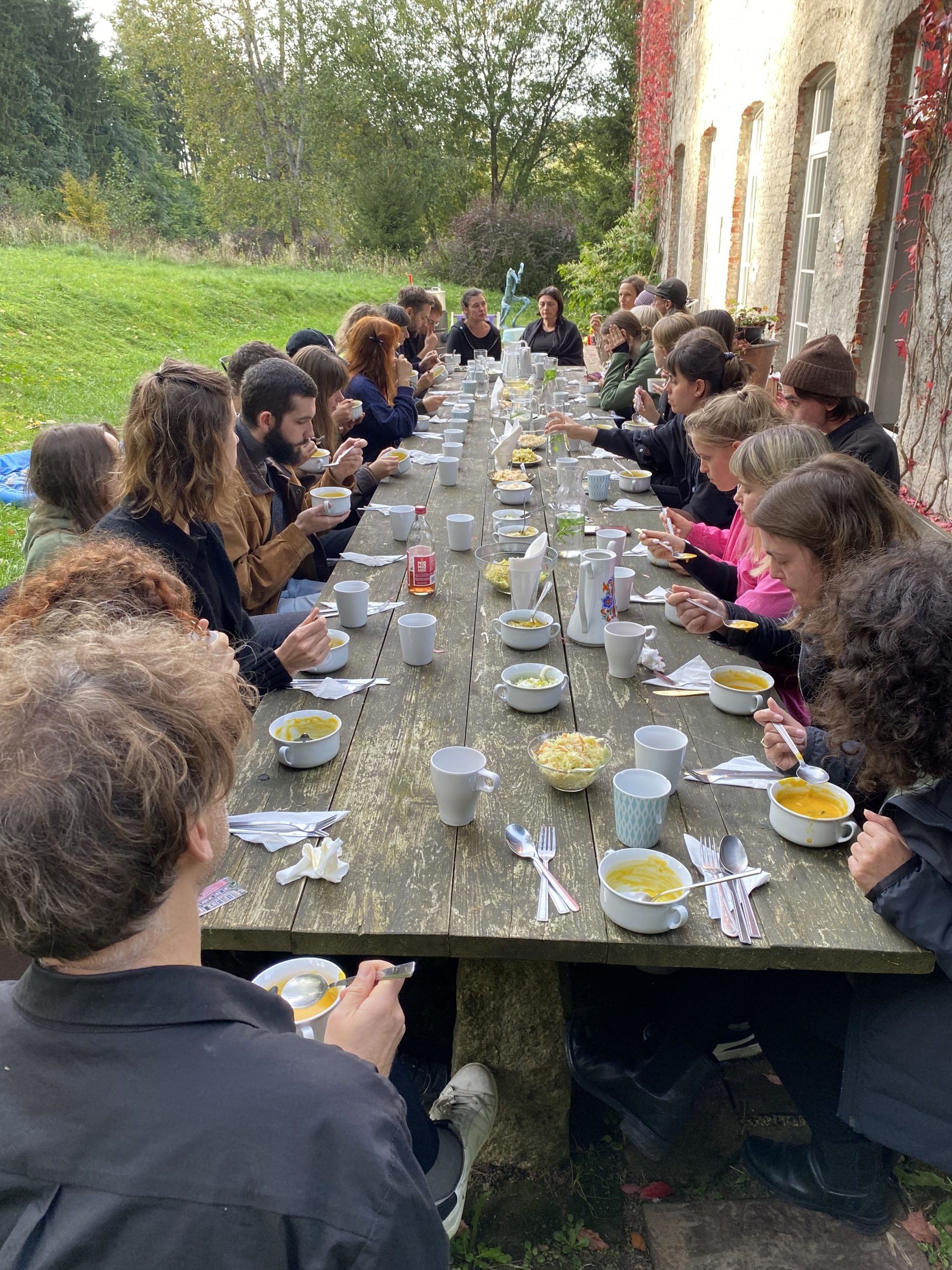
Introduction
The proposal at hand seeks to envision a method of ‘evacuating’ art beyond its contemporary conventions. This necessity stems from the specific parameters of artistic work in an era of irreversible changes sweeping across the planet and the imperative to confront the loss of ecological stability. The question of whether art can be socially useful…
-
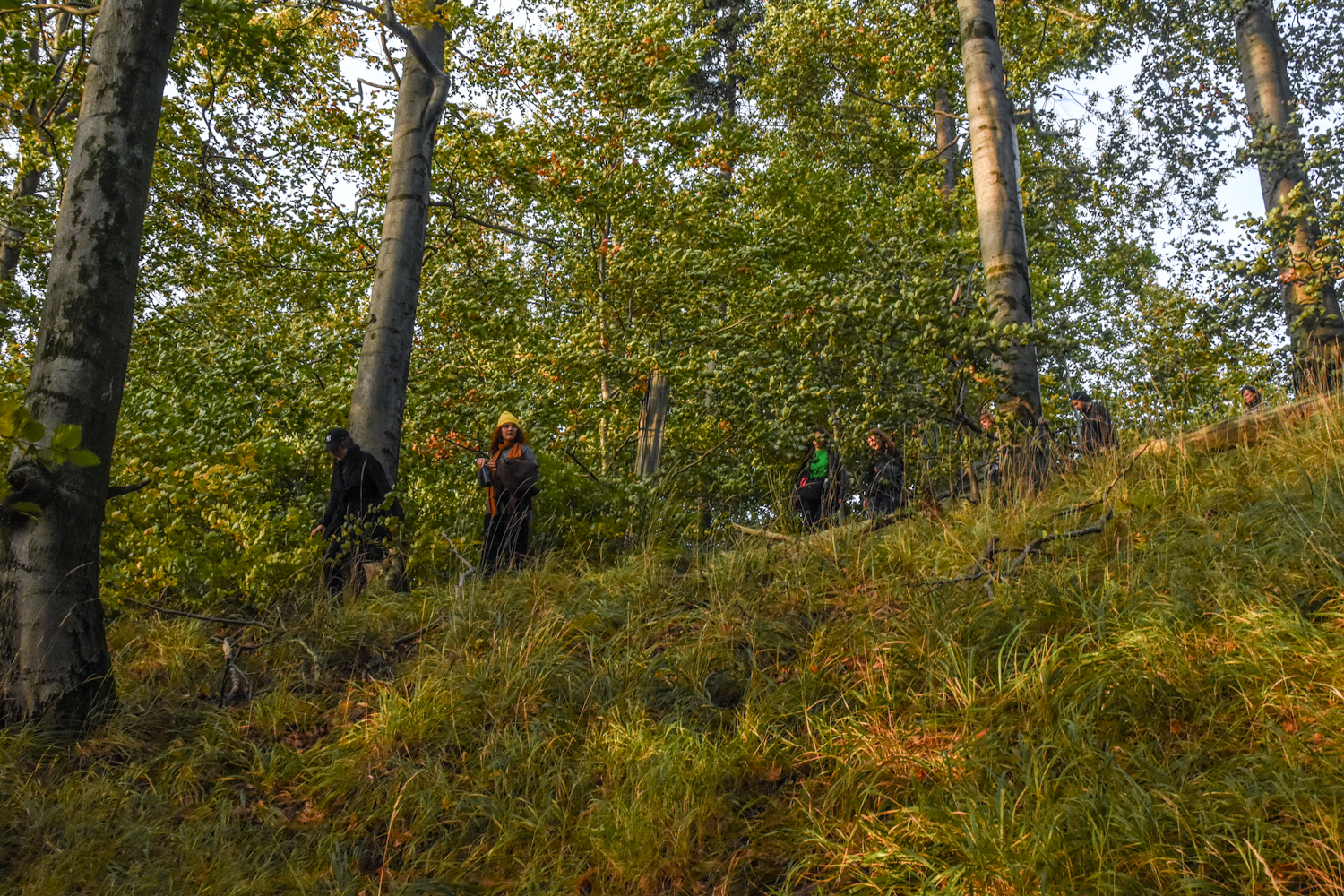
Ecocentric Investigations
Aside from the human cost of armed conflict, the natural environment is often one of the main ‘victims’ of war. In the categories of legal action, too, war crimes, crimes against humanity and genocide stand for the impact of war and mass violence on society. Impact of war and mass violence on the environment and…
-
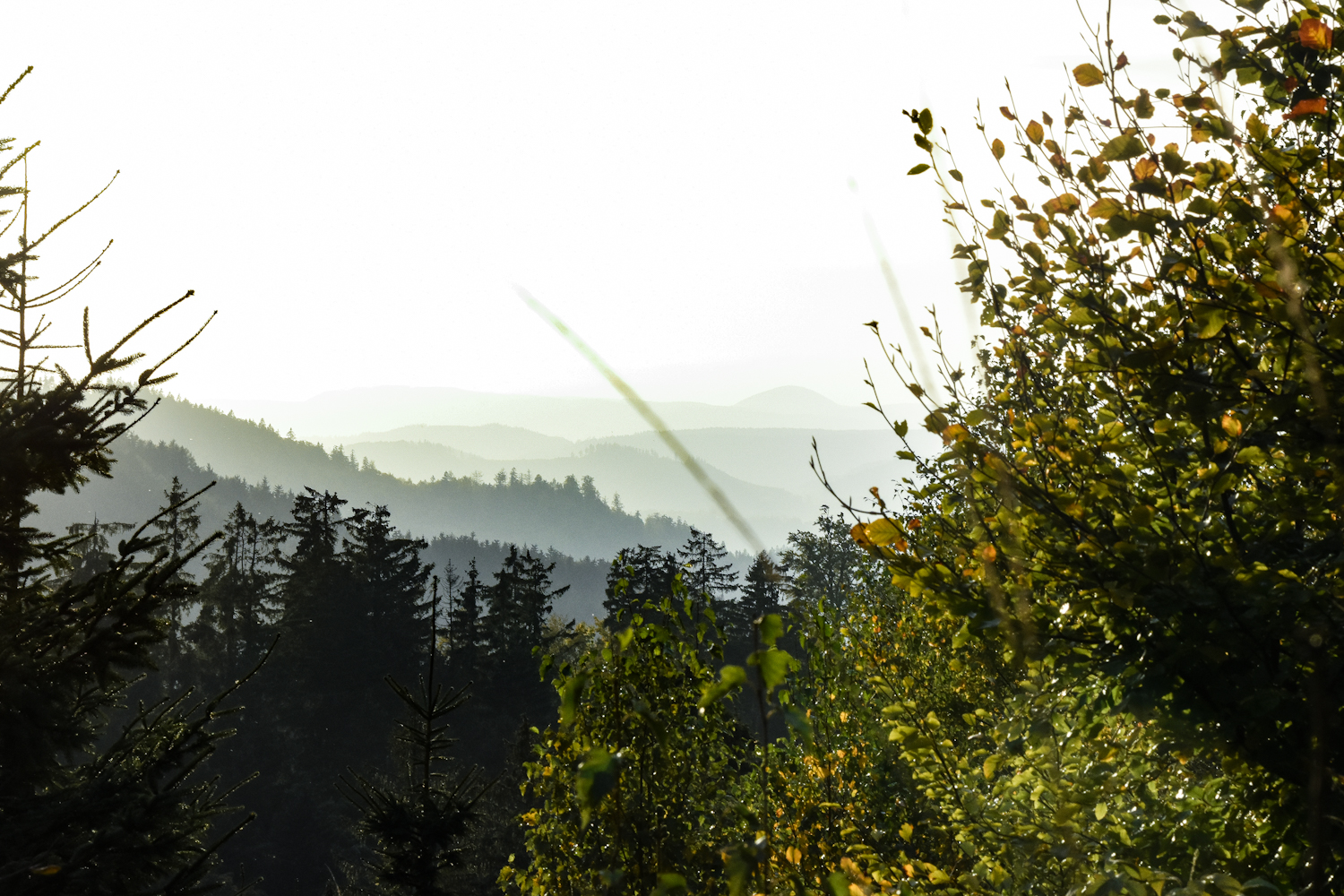
Where to start? Climate and ethics of artistic practice
Scientists are interested in how the marriage of alga and fungus occurs and so they’ve tried to identify the factors that induce two species to live as one… It was only when they severely curtailed the resources, when they created harsh and stressful conditions, that the two would turn toward each other and begin…
-
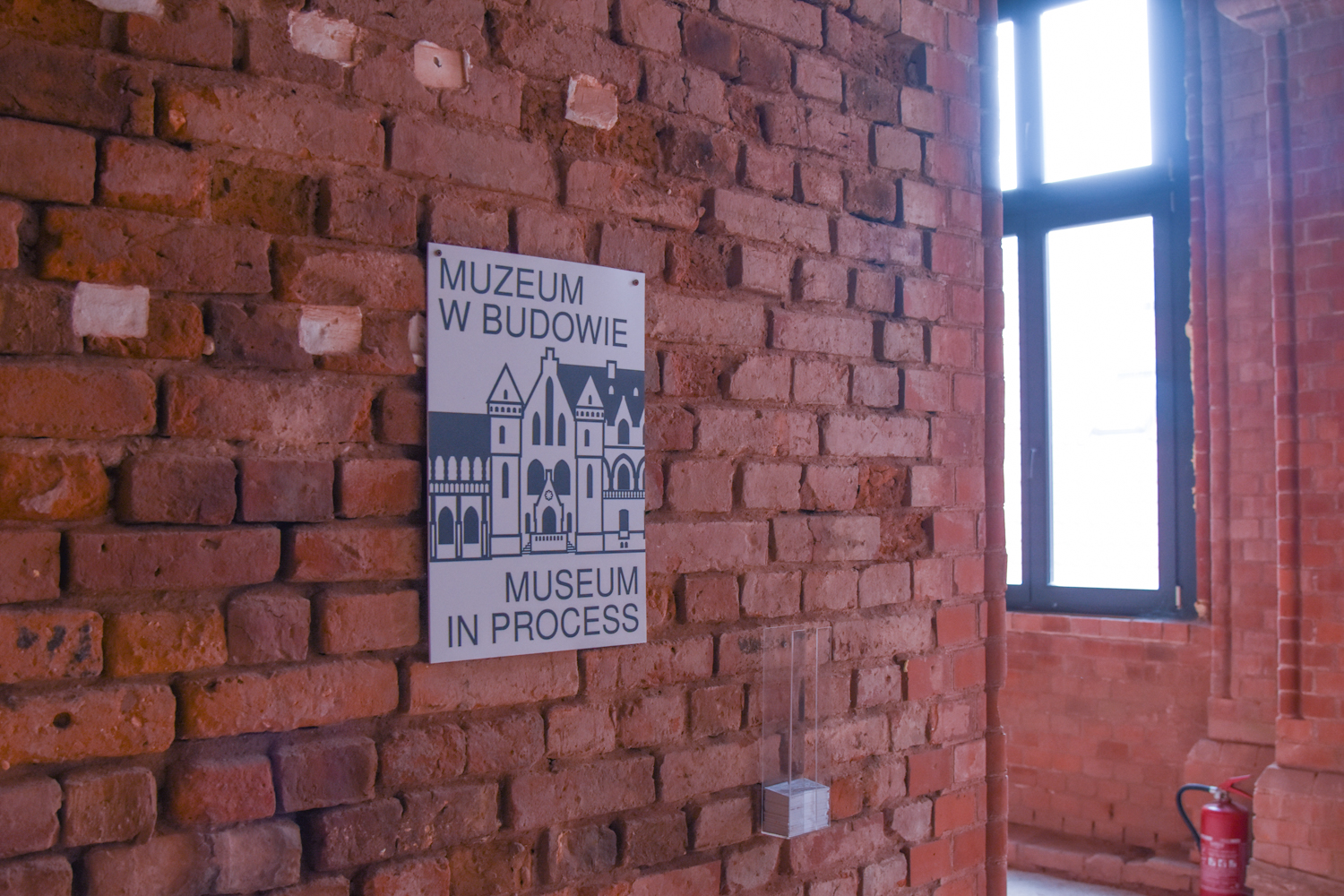
Culture strike: art and museums in an age of protest
While art has enormous potential to shift society, the institutions upon which it relies help hold systems of power in place. As much as I love museums and have dedicated my career to them, they are repositories of cultural hegemony, mirrors of society’s ills, from enormous wealth gaps and other legacies of colonialism to the…
-
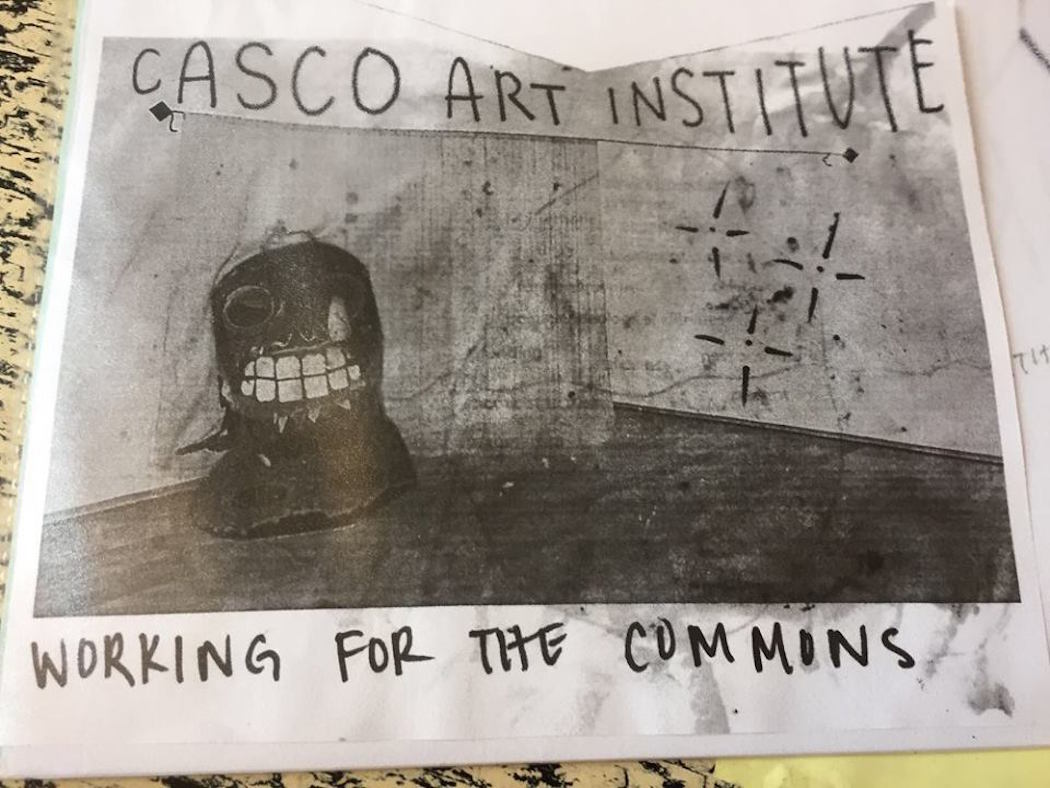
I love you in the name of the commons
fot 1. [A knife inscribed ‘I love you in the name of the commons’, a farewell gift from Yolande Zola Zoli van der Heide to the Casco team, in the hands of Yolande and Binna Choi. 2019. Photo by Binna Choi] Commoning an art organization – Imagining an art institution as a tree fot. 2…
-
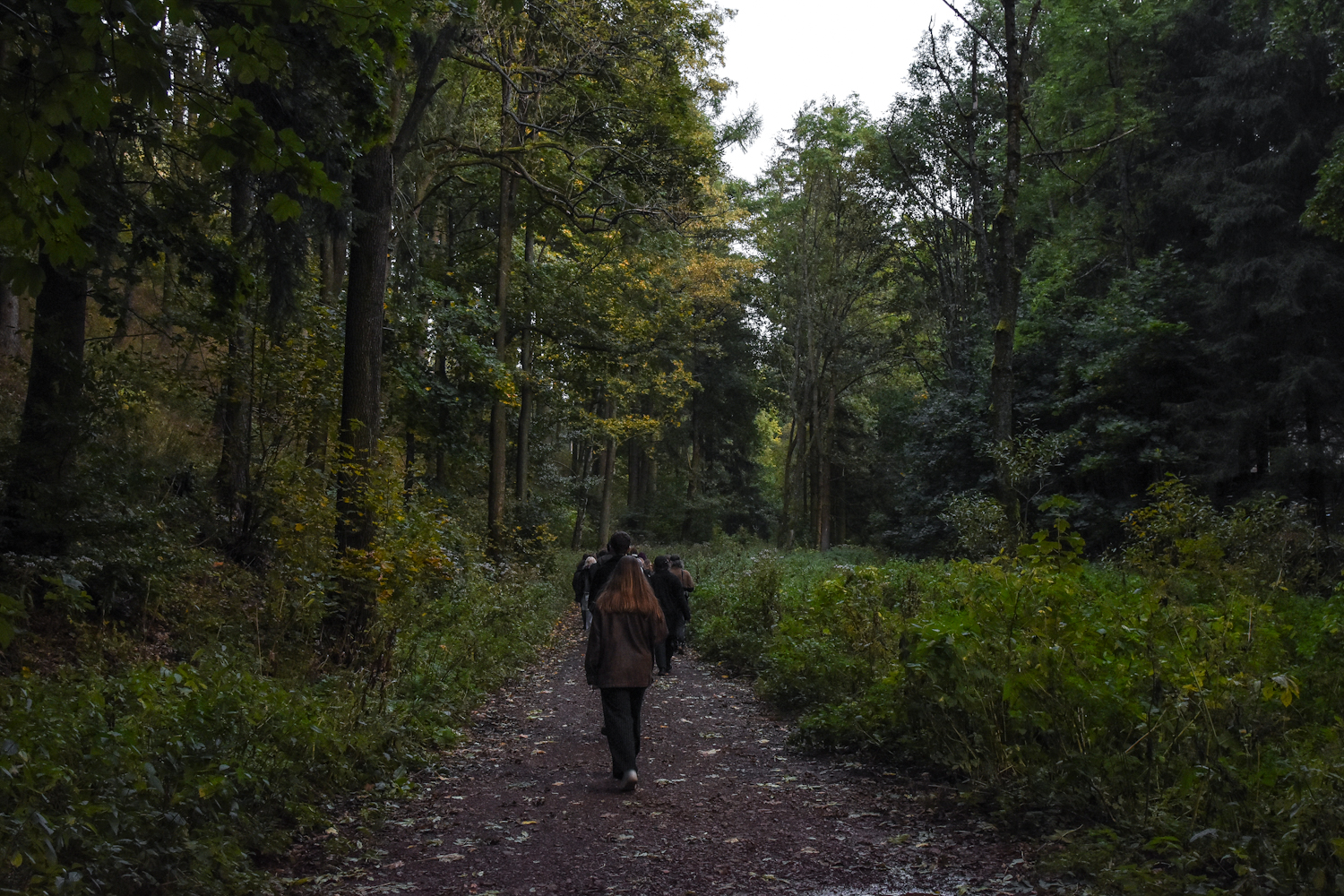
The publicity of the private: performance in public in Eastern Europe in the 1970s
Perhaps the most famous photograph of the Soviet-led invasion of Czechoslovakia during the suppression of the Prague Spring in August 1968 was taken by Josef Koudelka. [illustration 1] Wenceslas Square (Václavské náměsti) forms the background for a watch on an arm in his shot. It is 12:22. And the square is empty. The image seems…
-
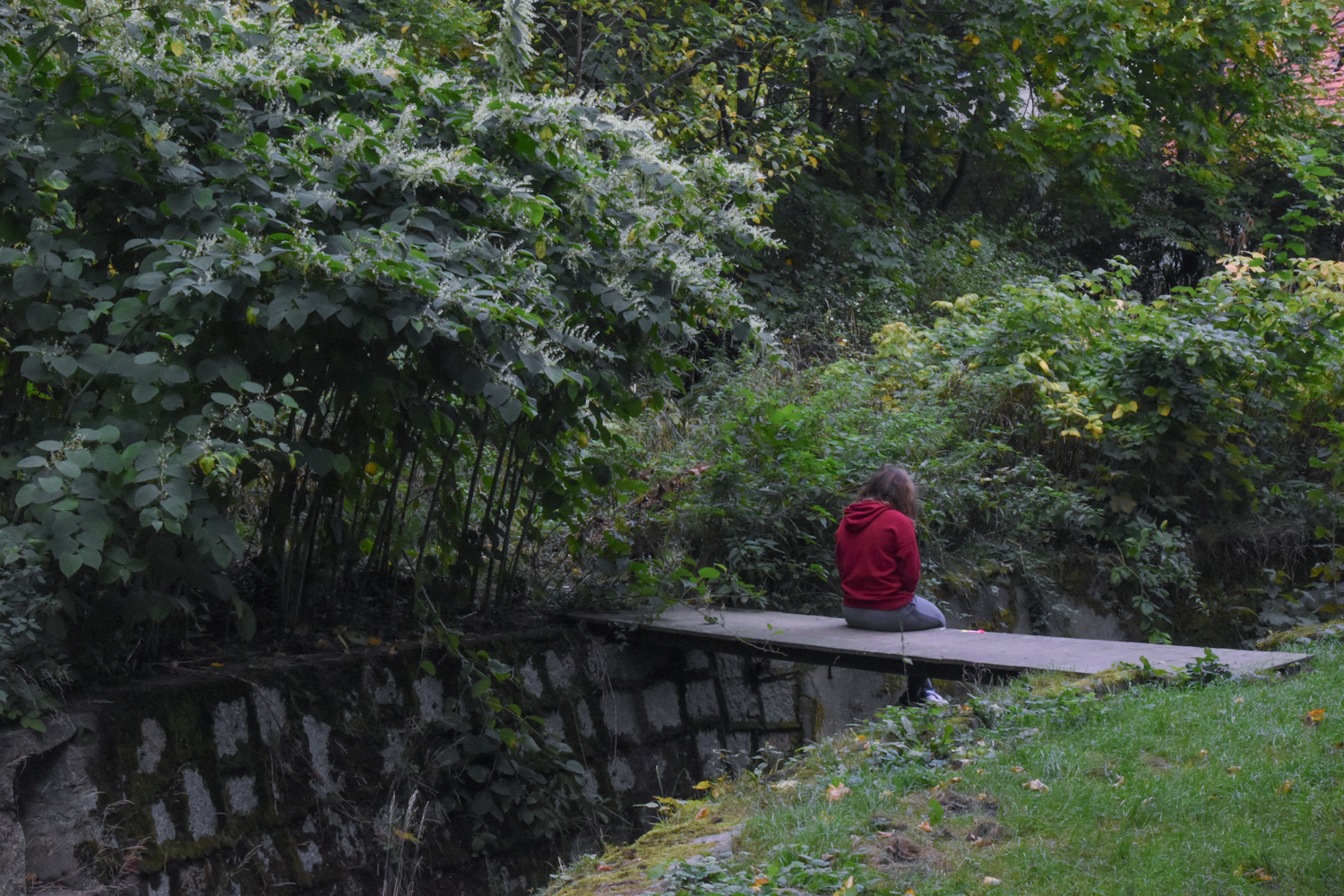
An extended lecture on tree twigs, tweaked
Wanderer is the personification of the modern era, from which we now need to escape. Our mountaintop journeyman appears distinct from the world below, defining himself apart from nature and the messy quotidian world beneath the clouds. His back is turned to us, although he is possibly with us or even is us. He faces…
-
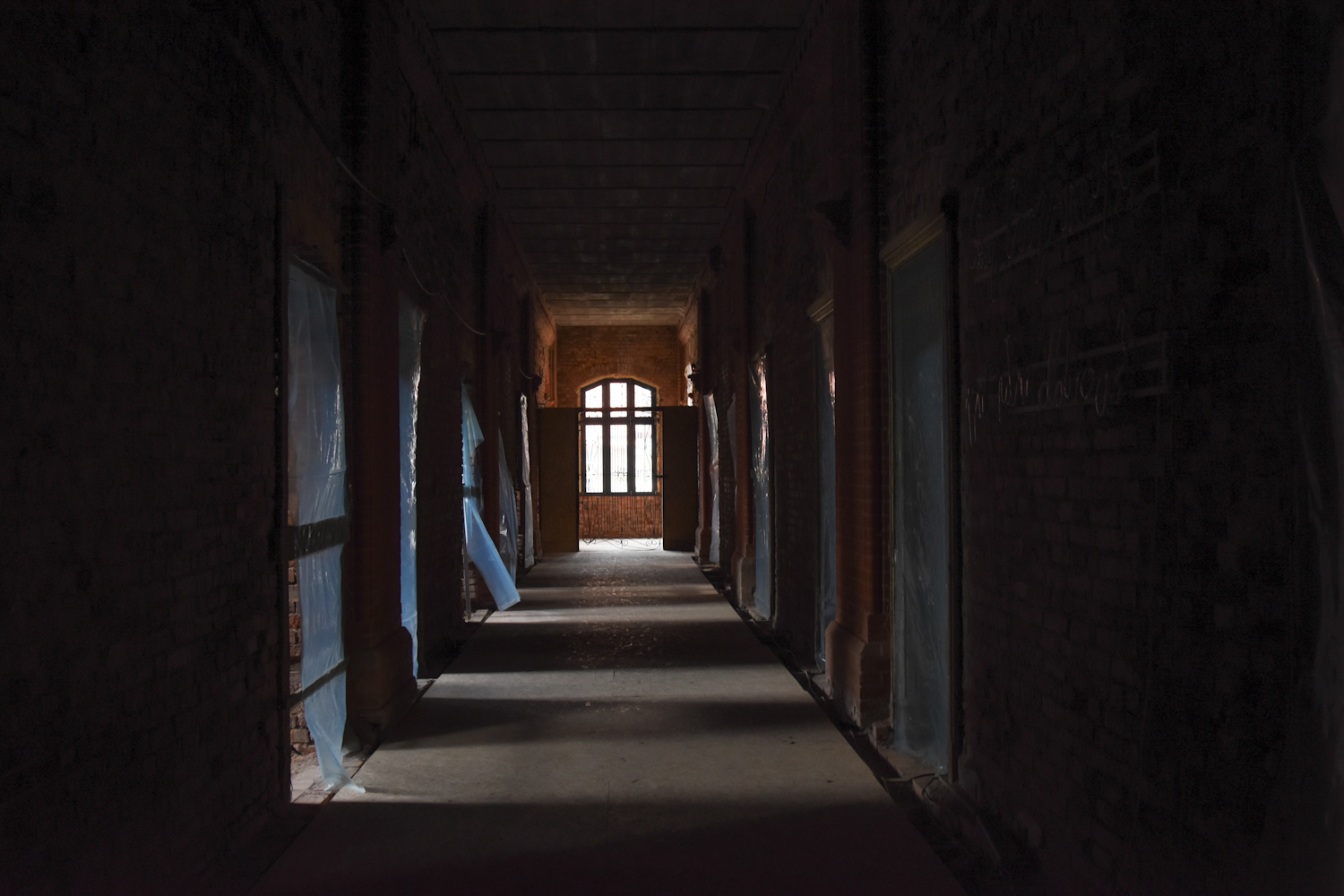
Propaganda (art) struggle
Various performances of power each aim to construct reality according to their interests, resulting in overlapping claims that shape the arena of the contemporary.1 What visual forms are taken by these manifold propagandas and the realities they aim to create? What kind of artistic morphologies and cultural narratives does the propaganda (art) struggle bring about?…
-
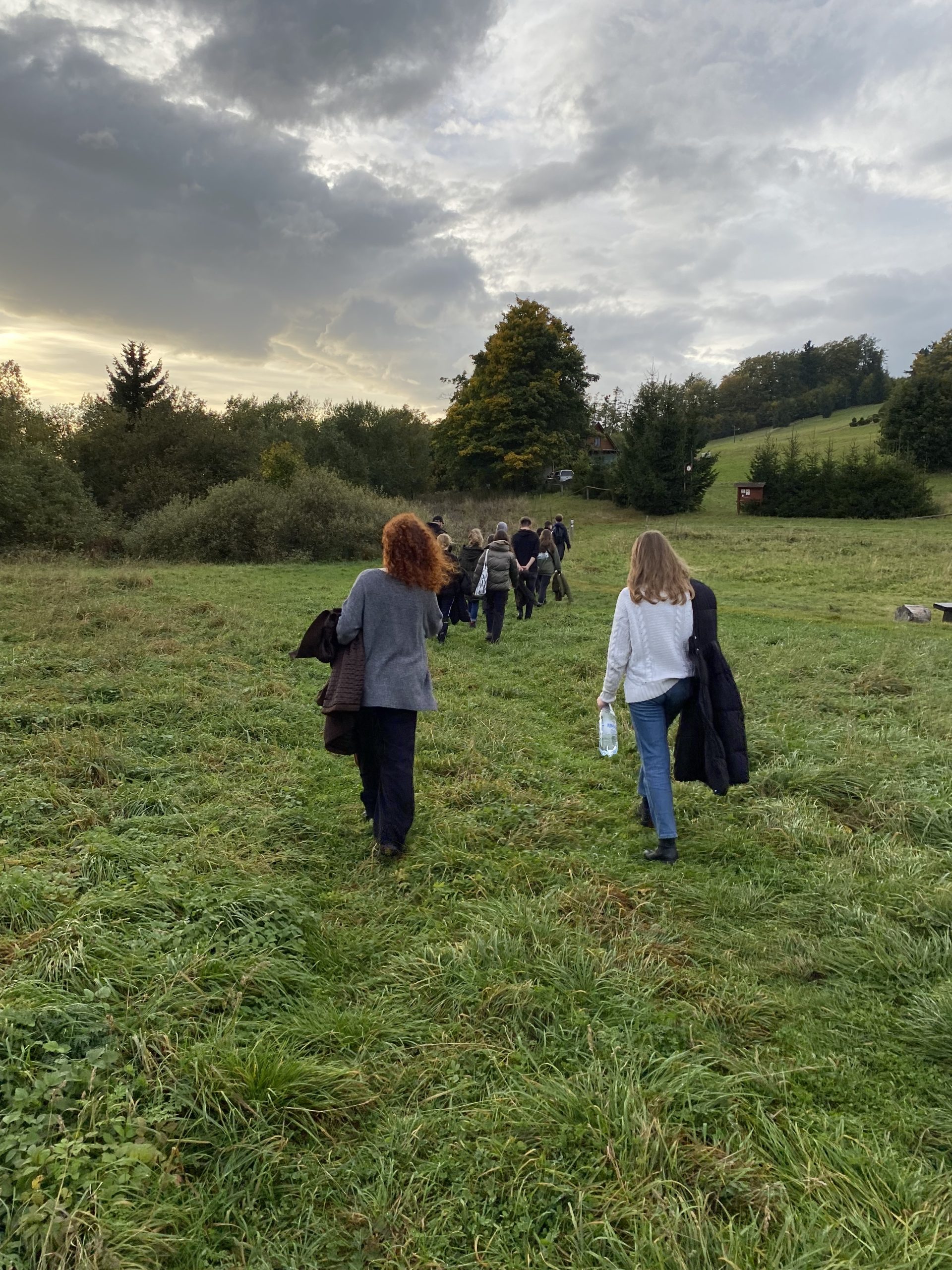
Aest-Ethical Compass of Post-Artistic Self-Organisation
The aim of my self-reflection is not to write down a set of “good practices” or to codify the tenets embraced in post-artistic circles. I consider such endeavours entirely pointless: hot air like that is usually written with various funders or para-governmental bodies in mind. It is either window dressing or an attempt to subjugate…
-
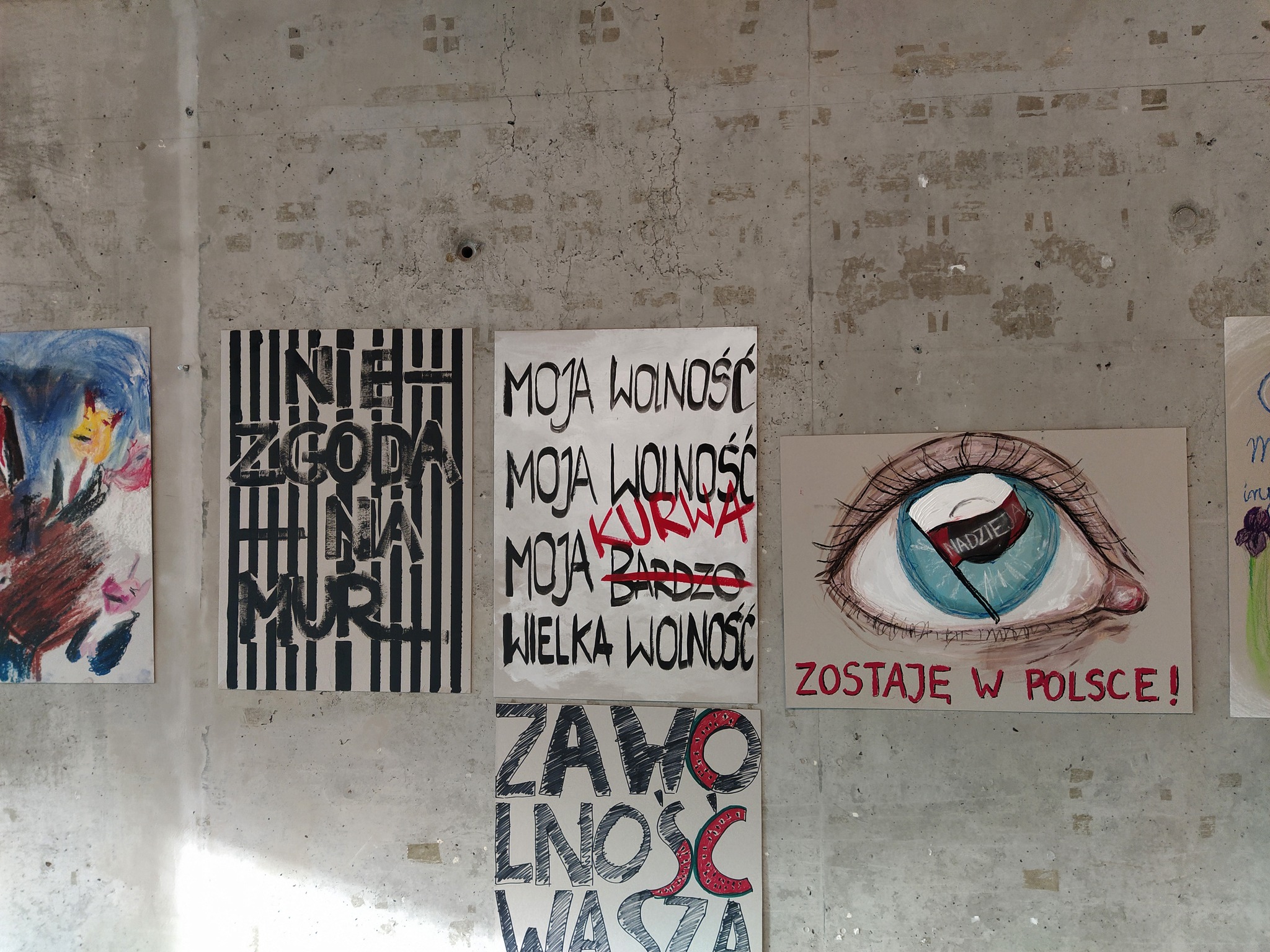
Anti-Fascism
This might be because artists’ anti-fascist efforts cannot easily be classified as mainstream art. They are also much harder to capitalise, like any creative act that is not only aesthetic but also openly political in nature. Anti-fascism is also not compatible with what we can find in textbooks and anthologies describing art as a history…